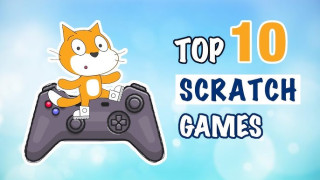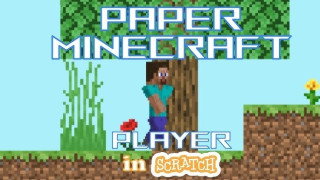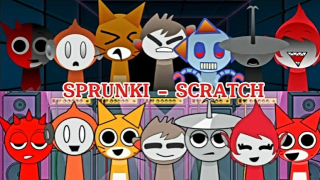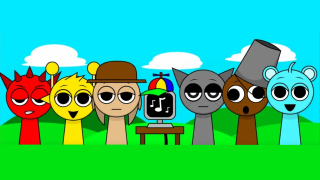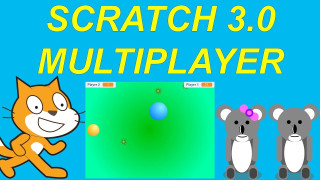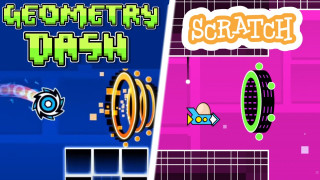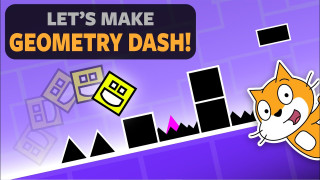How to Code Scratch Games: A Step-by-Step Guide
In today’s digital landscape, coding is an invaluable skill that can open doors to numerous opportunities. One of the most engaging ways to learn coding is by creating Scratch Games using the Scratch programming platform. Developed by the MIT Media Lab, Scratch allows users to create interactive stories, animations, and games through a simple, block-based interface. This article will guide you through the process of coding Scratch Games, making it easy and fun to start your coding journey.
What Are Scratch Games?
Scratch Games are projects developed on the Scratch platform that combine creativity and programming. With its user-friendly interface, Scratch uses drag-and-drop blocks that represent various coding commands. This makes it accessible for users of all ages, especially children, who can learn coding fundamentals without being overwhelmed by complex syntax.
Why Code Scratch Games?
Interactive Learning: Coding Scratch Games is an interactive way to learn programming concepts. Users engage with logic and critical thinking while having fun creating their own unique games.
Creative Expression: Scratch offers a platform for creative expression. Users can design characters, create backgrounds, and develop narratives, allowing for endless possibilities in game design.
Community Support: Scratch has a vibrant online community where users can share their projects, seek feedback, and collaborate. This supportive environment fosters a sense of belonging and encourages learning from peers.
Steps to Code Scratch Games
Step 1: Create a Scratch Account
To get started, visit the Scratch website and sign up for a free account. This allows you to save your projects and share them with the community.
Step 2: Familiarize Yourself with the Interface
Take some time to explore the Scratch interface. Familiarize yourself with the various blocks available in the coding palette, including movement, control, and sensing blocks. Understanding these tools will help you as you start coding your game.
Step 3: Plan Your Game
Before diving into coding, it’s essential to plan your game. Think about what type of game you want to create. Will it be a platformer, a quiz game, or something entirely different? Outline the game mechanics and objectives to have a clear vision.
Step 4: Start Coding
Begin by creating your main character (sprite). Use the coding blocks to add movement controls and set up the game environment. For example, you can use the “when key pressed” block to make your character move left or right. As you build, don’t forget to include features like scoring and levels to enhance gameplay.
Step 5: Test and Revise
Testing is a crucial part of the game development process. Play your game frequently to identify any bugs or areas for improvement. Gather feedback from friends and family to refine your game further. Iteration is key to creating an enjoyable experience.
Step 6: Share Your Game
Once you’re satisfied with your Scratch Game, share it with the Scratch community. Upload your project, write a description, and encourage others to play your game. Engaging with the community can provide valuable insights and inspiration for future projects.
Conclusion
Coding Scratch Games is an exciting way to learn programming while fostering creativity and problem-solving skills. The Scratch platform provides an accessible and engaging environment for users of all ages to explore the world of coding. Whether you’re designing a simple game or a complex adventure, Scratch empowers you to bring your ideas to life. Start coding today and discover the joy of creating your own Scratch Games!

